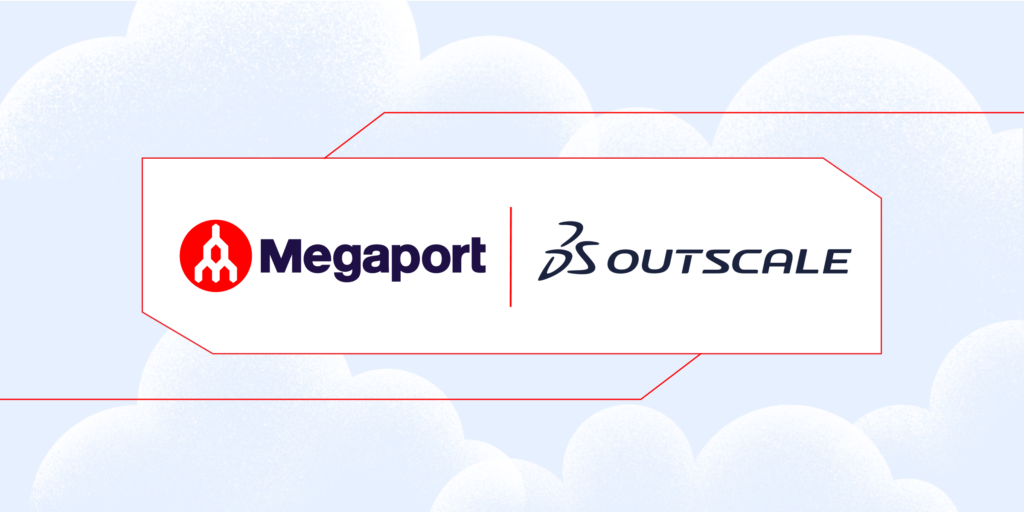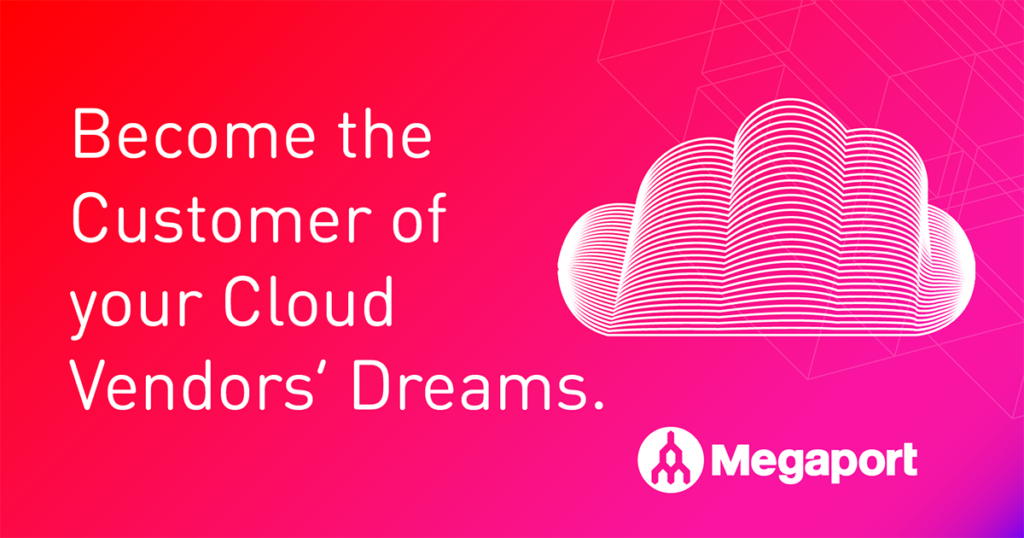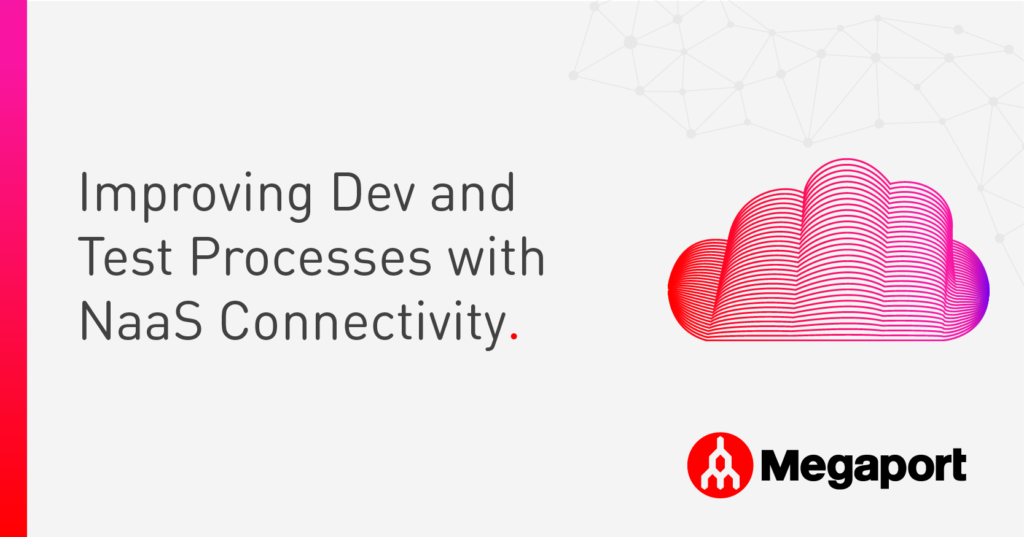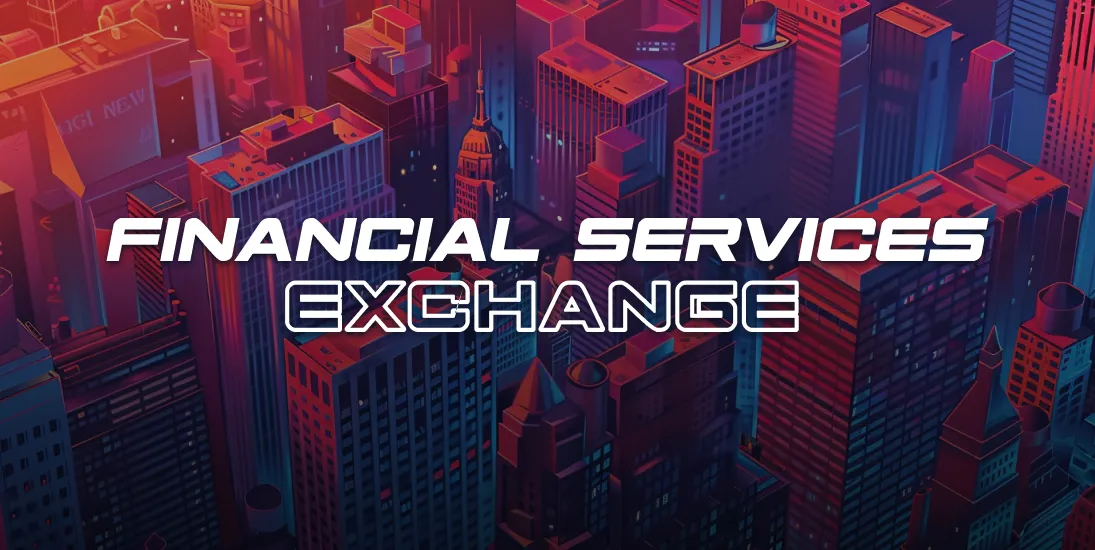
3DS OUTSCALE uses Megaport to Unlock Cloud Potential
- Cloud networking , Partners
- October 4, 2022
- RSS Feed
By Henry Wagner, Chief Marketing Officer
3DS OUTSCALE aims to provide local cloud services with global reach.
3DS OUTSCALE, a strategic partner and subsidiary of Dassault Systèmes, was established to provide a local alternative to the major US-based cloud service providers.
Headquartered in Saint-Cloud (in the Paris region) with locations in the United States, and Japan, 3DS OUTSCALE has global reach. But the company tailors their Infrastructure as a Service (IaaS) offerings to European companies in the public sector with data sovereignty and other regulatory requirements that vary depending on the country in which they operate.
3DS OUTSCALE’s mission to provide hyper-trusted cloud services is reflected in its promise to satisfy the highest market requirements, such as the SecNumCloud qualification issued by ANSSI (French information security agency) in 2019, making 3DS OUTSCALE the first cloud provider to offer highly secure infrastructure services. This commitment is also supported by services and an organization that is fully certified for security and information management in the Cloud (ISO 27001-27017-27018), and for Health Data Hosting (HDH).
“In the US, [data sovereignty regulations] is not talked about very much because most of the hyperscalers are US-based,” said Benjamin Laplane, VP of Technology at 3DS OUTSCALE.
“This means the data is in the US and the regulations that apply are US-based as well. For Europe, for the past five or six years, the more cloud services evolve, the more the countries try to regulate what kind of qualifications and certifications companies have to apply to. We aim to provide as close to a sovereign service locally. That means that the service we provide in Japan, for example, is provided through a Japan-based company. It’s not only the technical isolation of the resources that guarantees the localization of data, but also the legal protection from foreign legislation.”
Fulfilling the promise of the cloud
The reason cloud computing is so appealing to enterprises is the classic rent-versus-buy scenario. Rather than pay for your own infrastructure and enter long-term contracts with colocation providers or carriers, enterprises can instead pay for the infrastructure they use in the public cloud. And they can manage their infrastructure in a point-and-click manner, via a web-based portal. Laplane noted, however, that there’s a gap between the cloud’s promise and its actual implementation.
“The benefit of cloud computing is that any customer can just forget about managing their own infrastructure,” Laplane said.
“But that can be quite a false promise because we all know that the cloud only makes sense when the workloads are designed for it."
Simplifying cloud connectivity
Cloud adoption was also highly dependent on how connectivity into 3DS OUTSCALE’s cloud services was managed. While VPN tunneling through the public internet into the cloud made sense for low-bandwidth use cases, many customers needed dedicated, high performance, fast, and secure connection to business-critical applications via 3DS OUTSCALE’s DirectLink. Customers interested in DirectLink struggled to get connectivity quickly and flexibly from carriers in Europe.
“Every time we talked to a customer about DirectLink, we said ‘we’ll provide the port on our end,’ but you have to find a way to get to where we are,” Laplane said.
“The customer could be 600 kilometers away and how do they close the gap? And usually, our answer was, “Just talk to a transit provider.” They’d have to rent fiber from where they were to my data center. It was a hassle for them to make a specific order to a specific provider that they might not know anything about. The purchase process was much harder and much longer.”
Laplane also said that the connectivity often wasn’t cost-effective for the customer because they would be required to sign long-term contracts for the connectivity.
“It’s not very much like a cloud service,” he said.
“The promise of the cloud is you put down your Amex, and the minute after, you’re spinning up VMs. But the entry cost and the setup time required for DirectLink were dealbreakers for our customers in some cases, because the IT process could take two months.”
“Everything is now shrunk down to a few hours whenever they come to Megaport.”
Benjamin Laplane, VP of Technology at 3DS OUTSCALE.
A cloud-like approach to networking
3DS OUTSCALE was drawn to Megaport’s cloud-like approach to networking and saw Megaport’s global, Software Defined Network as a way to ease customers into DirectLink. Megaport’s on-demand, fast provisioning of private connectivity and the ability to turn up and down bandwidth would help 3DS OUTSCALE make cloud connectivity much easier for DirectLink customers.
“For a customer, if they need a three-day DirectLink to transfer all the data out of this application into the cloud, and they don’t want to go through the cost and the hassle of setting up a new DirectLink and having to wait one month for a data center to do the job, everything is now shrunk down to a few hours whenever they come to Megaport,” Laplane said.
3DS OUTSCALE believes that Megaport’s availability to their customers will expand the usage of DirectLink in a measurable way in the near-future. Laplane also believes that the Megaport solution will be ideal for use cases requiring multicloud connectivity.
“Because of our approach on our platform, if you want to use two regions of 3DS OUTSCALE, you’re basically using two cloud providers.”
“Instead of what you see at a US-based hyperscaler with a governance plan across global services, at 3DS OUTSCALE, we want every region to stay isolated and not communicate with each other in any escalated way [for data sovereignty reasons]. I’m expecting customers to use Megaport to create a privileged link that connects different 3DS OUTSCALE regions together. It would also make sense for [multicloud] customers to have a privileged link between AWS and 3DS OUTSCALE, for example.”


